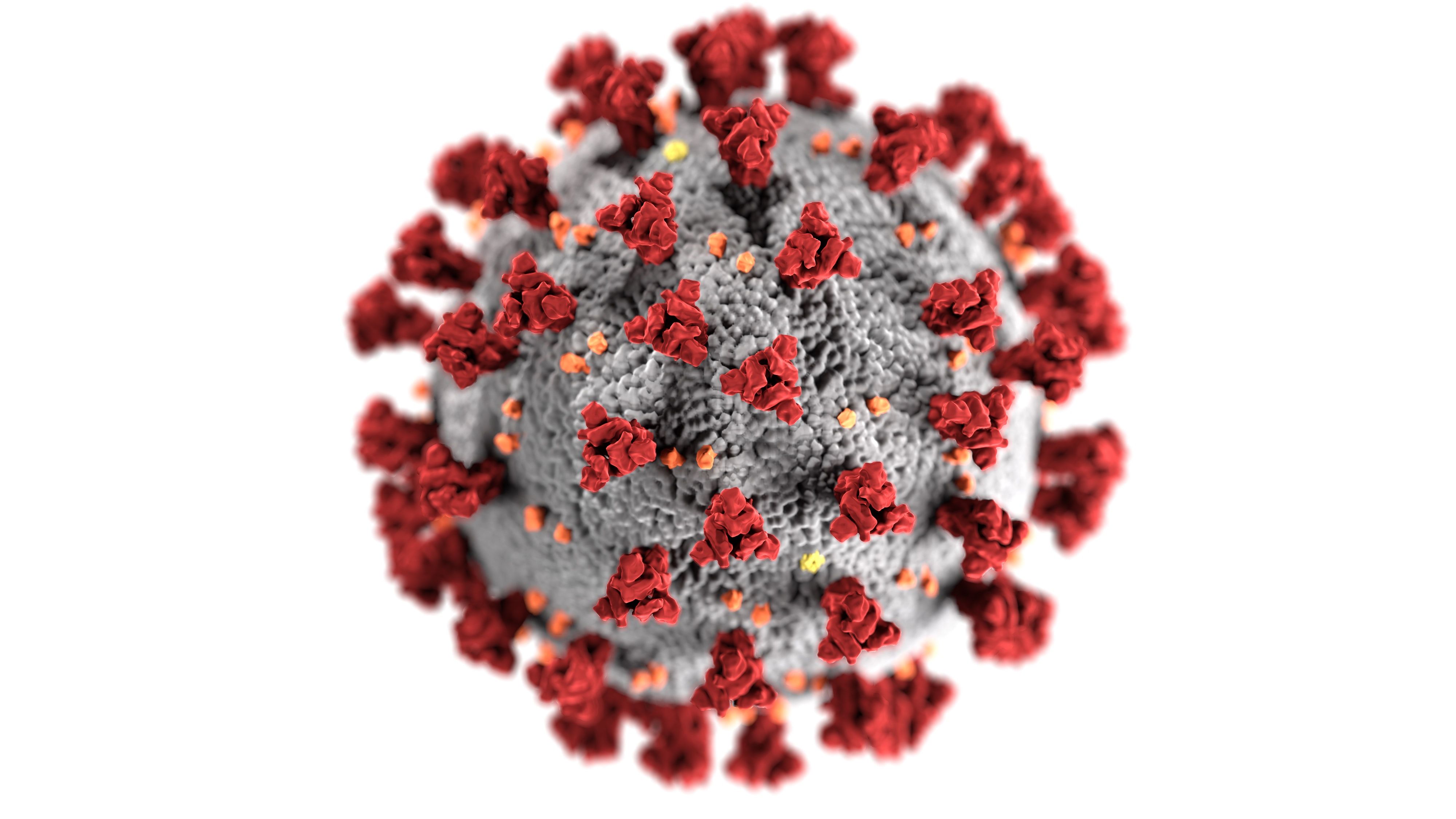
Bamlanivimab, Etesevimab Linked to Less Viral Load, Hospital Risk in COVID-19 Patients
A pair of investigative monoclonal antibodies from Lilly show promise for mitigating mild to moderate COVID-19 risks of escalation.

Interim data from the BLAZE-1 clinical trial showed a pair of monoclonal antibodies designed to neutralize SARS-CoV-2 were associated with reduced viral load, symptoms, and hospitalizations or emergency room (ER) visits associated with coronavirus 2019 (COVID-19).
The new phase 2 data, from Eli Lilly and Company, gives insight into investigational antibodies LY-CoV555 (bamlanivimab) and LY-CoV016 (etesevimab) as both monotherapy and combination therapy options for patients with mild to moderate COVID-19.
The randomized, double-blind, placebo-controlled BLAZE-1 trial is a phase 2 assessment of the Lilly monoclonal antibodies among patients who tested positive with SARS-CoV-2 and have presented with mild to moderate COVID-19 symptoms.
Investigators are assessing 3 different doses of bamlanivimab (700 mg, 2800 mg, 7000 mg) versus placebo, as well as a combination arm of bamlanivimab plus etesevimab versus placebo.
Primary trial outcome was change from baseline to day 11 in SARS-CoV-2 viral load, as well as additional endpoints for percentage of patients who were hospitalized, visited the ER, or died from COVID-19 between baseline and day 29. The team also assessed for treatment-based safety outcomes.
Bamlanivimab is a neutralizing immunoglobulin G1 (IgG1) monoclonal antibody which targets the spike protein of SARS-CoV-2. It is designed to neutralize the virus to by blocking viral attachment and entry into human cells.
Eteseivimab is a recombinant fully human monoclonal neutralizing antibody which binds specifically to the SARS-CoV-2 surface spike protein receptor binding domain. It is designed to block the virus’ binding to the ACE2 host cell surface receptor.
In their interim analysis, investigators reported that a combination of the investigatie therapies was associated with a significantly reduced viral load at day 11 among patients with COVID-19 (P = .011). Most patients—including those on placebo—achieved near-complete viral clearance by day 11.
Combination treatment was associated with reduced viral levels at day 3 (P = .016) and day 7 (P <.001). Investigators noted these time points are generally associated with higher viral loads during the course of infection.
Additionally, a significantly reduced proportion of patients administered combination therapy (3.0%) reported a persistent high viral load at day 7 than those on placebo (20.8%; P <.0001).
Improvement of symptoms was reported as early as 3 days into patients receiving either both monoclonal antibodies or lone bamlanivimab. The rate of hospitalizations and ER visits due to COVID-19 was associated with a relative risk (RR) reduction of 84.5% versus placebo (P = .049).
Regarding safety, investigators observed generally good tolerance, with no drug-related serious adverse events. A series of isolated drug-related infusion reactions or sensistivities were reported among those administered bamlanivimab, but were mostly mild.
While Lilly works toward publishing findings for the efficacy and safety of both bamlanivimab and combination monoclonal antibody therapy, Daniel Skovronsky, MD, PhD, chief scientific officer and president of Lilly Research Laboratories said the company is already pursuing worldwide regulation to make the therapies available during the pandemic.
“Our teams have worked tirelessly the last seven months to discover and develop these potential antibody treatments,” Skovronsky said in a statement. "We believe the data generated to date provide sufficient evidence that both monotherapy and combination therapy may be effective to treat COVID-19 in patients with a high risk for serious outcomes.”
2 Commerce Drive
Cranbury, NJ 08512
All rights reserved.